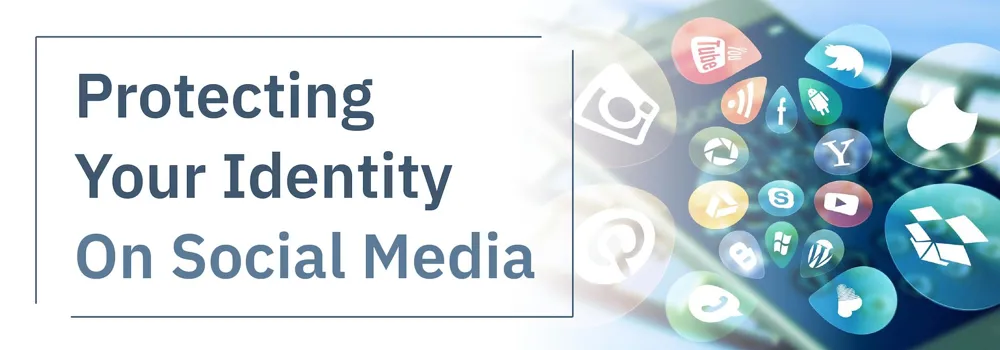Group legal insurance plans are one of the fastest growing employer benefits.

Protecting Your Identity on Social Media
Protecting Your Identity on Social Media
Millions of people across the globe pour countless time and energy into their social networking accounts. They choose the best headshot for the Facebook profile picture, draft the most detailed bio for their LinkedIn page, and provide up-to-date location check-ins via Instagram stories, Snapchat, and more. Afterall, social networking is all about being, well, social.
The pictures and information we share with our digital connections may seem harmless, but even seemingly basic information such as our name, birthday, hometown, workplace, and location can give hackers exactly what they need to steal our PII.
Take security questions, for example. Despite being encouraged to have a different password for every account, remembering a dozen or more login combinations can be tough to remember, so we instead spice up our selection of security questions. More often than not, the questions inquire about your high school mascot, mother’s maiden name, first car, first job, or name of your oldest child. Your high school is listed on Facebook, and your mother is likely your friend; You may have shared a throwback picture of your first car on Facebook, Twitter, or Instagram; and your first place of employment is likely listed on LinkedIn. So, a five to 10-minute social media search has revealed everything a scammer may need to know about you to access your bank accounts, inboxes, and more.
Several of us have our accounts linked as well to generate greater social interaction. We like to see what our Facebook friends are listening to on Spotify, or what other personal accounts are available through friends’ Instagram bios. While connecting accounts may seem beneficial from a social standpoint, it can once again expose personal information to hackers and therefore create more damage to your identity.
So, in order to stay cool and connected on social networking platforms, we suggest adopting the following practices, all of which protect against identity theft:
Update your privacy settings. You don’t necessarily have to remove memories of your first car or previous employment positions from your profiles, rather make them visible to only a select group of people. Several platforms allow for visibility settings for Only Me, Friends Only, Friends of Friends, and Public. We recommend sharing information privately between the first two options and avoiding the last whenever possible.
Connect with certainty. It is tempting to accept a friend request from someone with like interests that you met briefly at a social outing or work convention, but allowing them access to your social media may not be in your best interest. Not to assume that everyone is out to steal your identity, but it is better to be safe than sorry.
You control the information you share. When creating a new account on social media platforms, you are bombarded with questions about your age, gender, residence, interests, work experience, music preference, and more. Remember, these entry fields are optional. Not everyone needs to know your favorite football team or zip code unless you want them to.
Web or App? Let’s face it, smart phones are essentially six-inch devices that can do pretty much anything a computer can. We are more likely to open our LinkedIn and Twitter apps than we are to launch a web browser and access the “www.” versions. The app appeal is that it opens our accounts instantly without the hassle of logging in. The most we have to do to authenticate ourselves is through a fingerprint or Face ID screening.
While these hassle-free login in features are convenient for scrolling, they make if far easier for thieves to access your profiles should you lose your phone. We strongly suggest logging out every time you close an app or web account. Keychain settings on computers are tempting, but remember those accounts can be compromised during a laptop theft as well.
Check for suspicious activity. You’ll know you’ve been hacked or if your information has been comprised if friends reach out about strange postings or messages shared by you. In this case, you’ll certainly want to update your password, or even overhaul your account and start fresh. You should also get in the habit of performing routine internet searches of your name. Pictures and other details may have been pulled from your existing accounts and could populate on unwanted websites. The last thing you want is your face or name being used on a fake account, therefore jeopardizing your reputation and personal information.





